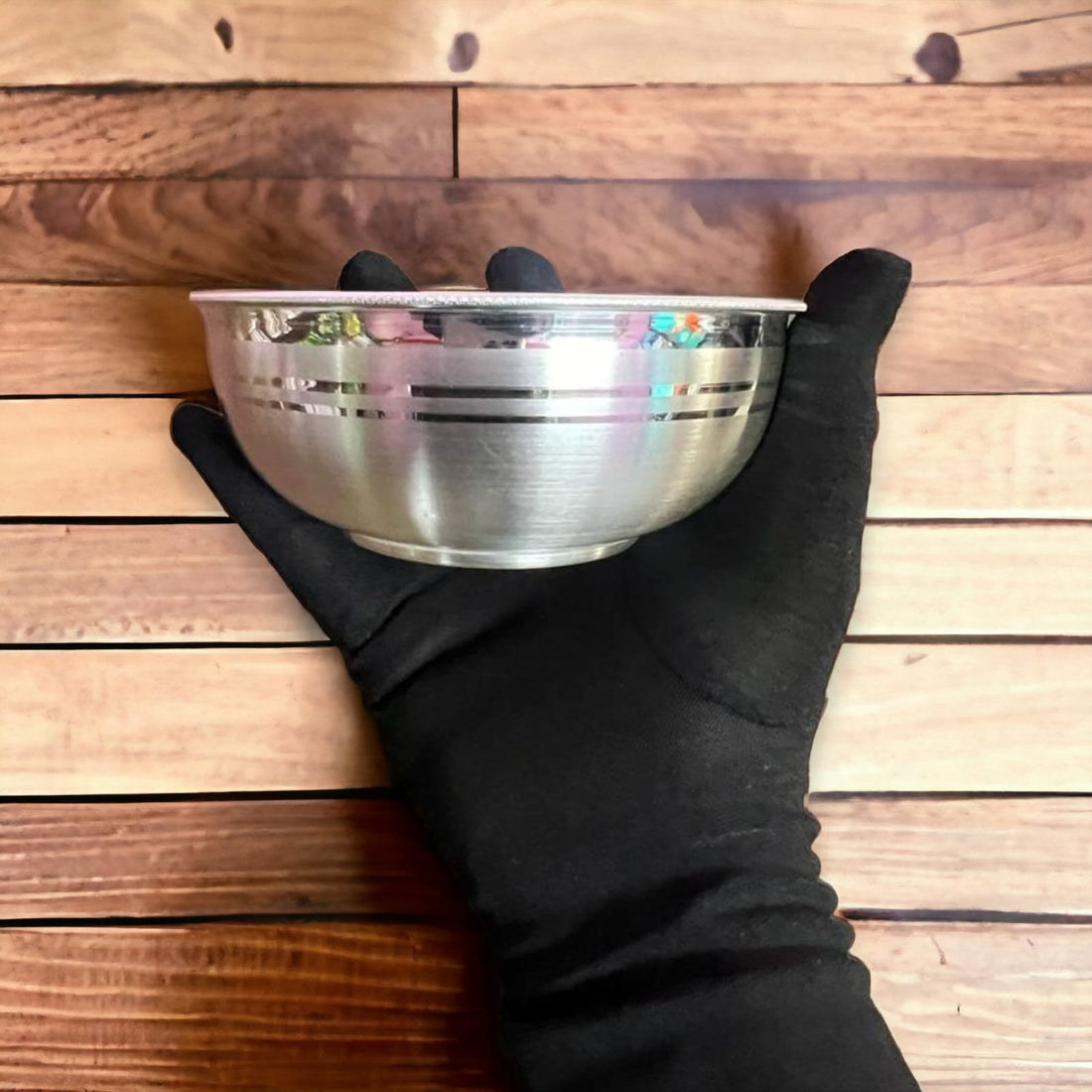Silver: A Timeless Element with Remarkable Properties and Uses
Silver, a lustrous metal with a rich history, has captivated humans for centuries. Its beauty, durability, and unique properties have made it a valuable commodity, used in everything from jewelry and tableware to electronics and medicine. In this blog post, we explore the fascinating world of silver, delving into its facts, properties, and diverse uses.
1. Facts about Silver:
- Element symbol: Ag
- Atomic number: 47
- Melting point: 962°C (1,764°F)
- Boiling point: 2162°C (3,864°F)
- Density: 10.49 g/cm³
- Color: Silvery white
- Luster: Metallic
- Malleability: Very high
- Ductility: Very high
- Electrical conductivity: Highest of all metals
- Thermal conductivity: Highest of all metals
- Occurrence: Silver is found in its native form and in various minerals like argentite (silver sulfide) and cerargyrite (silver chloride). It is also obtained as a by-product of mining other metals like lead, zinc, and copper.
2. Properties of Silver:
Silver possesses several unique properties that make it valuable for various applications. These include:
-
High Electrical Conductivity: Silver is the most conductive metal known, making it ideal for electrical applications such as wires, connectors, and circuit boards.
-
High Thermal Conductivity: Silver conducts heat exceptionally well, making it useful in heat sinks and other thermal management applications.
-
Antibacterial Properties: Silver has natural antibacterial properties, making it effective in preventing the growth of bacteria and fungi. This property is utilized in medical applications, food storage containers, and even clothing.
-
Malleability and Ductility: Silver is incredibly malleable and ductile, allowing it to be shaped and formed into various objects, from delicate jewelry to intricate silverware.
-
Tarnish Resistance: While silver can tarnish over time, it is relatively resistant to corrosion compared to other metals. This makes it a popular choice for jewelry and decorative objects.
3. Uses of Silver:
Silver's unique properties contribute to its diverse range of applications across various industries. Here are some of the most common uses of silver:
-
Jewelry: Silver is a popular choice for jewelry making due to its beauty, durability, and affordability. It is used to create necklaces, bracelets, earrings, rings, and other decorative pieces.
-
Tableware: Silver tableware, including flatware, serving dishes, and decorative items, has been used for centuries for its elegance and sophistication.
-
Electronics: Silver's high electrical conductivity makes it essential for electronic components such as wires, connectors, switches, and circuit boards.
-
Photography: Silver halide crystals are used in photographic film to capture images.
-
Medicine: Silver's antibacterial properties are utilized in medical applications such as wound dressings, catheters, and implants to prevent infection.
-
Investment: Silver is also considered a valuable investment commodity, often held as bullion bars or coins.
4. The Future of Silver:
With its unique properties and diverse applications, silver remains a valuable element in the modern world. As technology continues to advance, silver is expected to play an even greater role in various sectors, including sustainable energy, nanotechnology, and healthcare.
Conclusion:
Silver's captivating beauty, remarkable properties, and diverse applications have made it a cherished element throughout history. Its continued relevance in the modern world is a testament to its enduring value and potential for future advancements.

